Home>Furniture & Design>Bathroom Accessories>How To Drain A Toilet Bowl For Removal
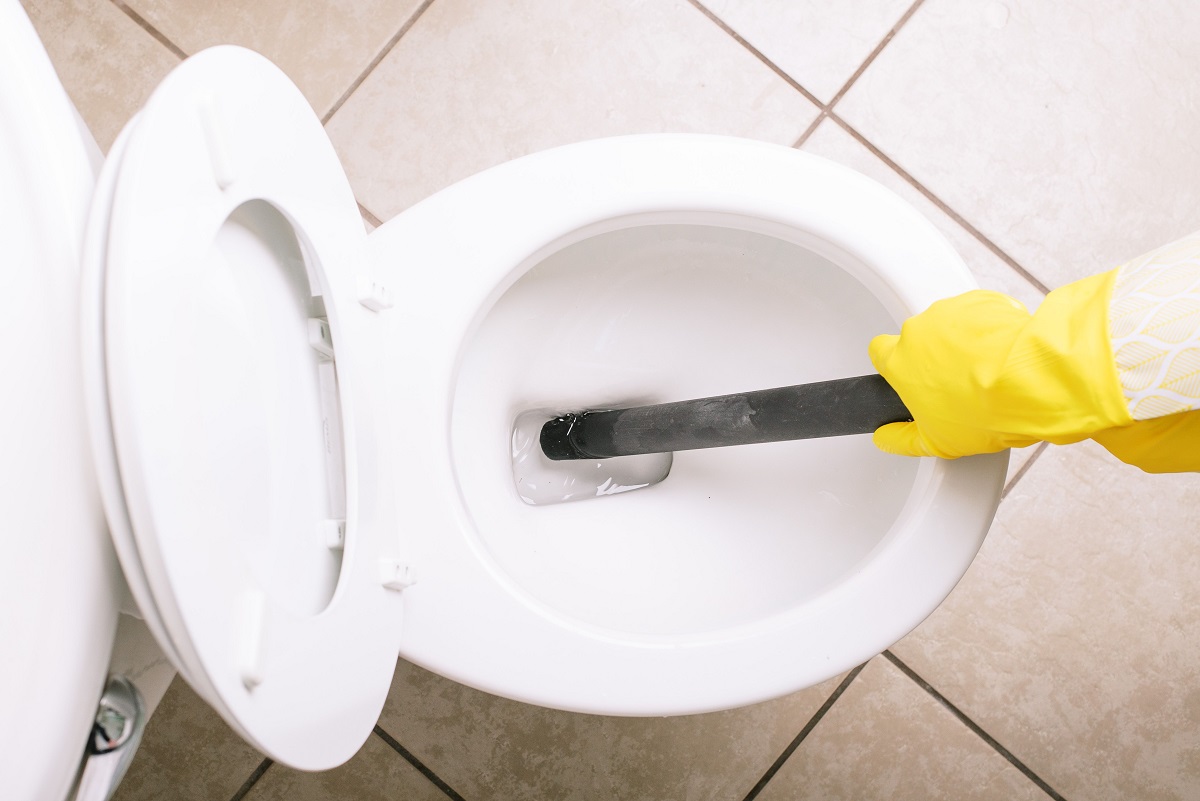

Bathroom Accessories
How To Drain A Toilet Bowl For Removal
Modified: February 18, 2024
Learn how to drain a toilet bowl for removal with our expert guide on bathroom accessories. Follow our step-by-step instructions for a hassle-free process.
(Many of the links in this article redirect to a specific reviewed product. Your purchase of these products through affiliate links helps to generate commission for Storables.com, at no extra cost. Learn more)
Introduction
When it comes to bathroom renovations or repairs, removing a toilet bowl is often a necessary task. Whether you're upgrading to a new toilet or addressing a plumbing issue, knowing how to drain a toilet bowl properly is essential. This comprehensive guide will walk you through the step-by-step process, ensuring that you can tackle this task with confidence and efficiency.
Removing a toilet bowl requires careful preparation and execution to avoid unnecessary mess and potential damage. By following the outlined steps, you can effectively drain the toilet bowl and prepare it for removal without encountering common pitfalls.
Understanding the intricacies of draining a toilet bowl is crucial for anyone undertaking DIY bathroom projects or seeking to address plumbing concerns without professional assistance. By mastering this fundamental skill, you can save time and money while gaining a sense of accomplishment from successfully completing the task at hand.
Now, let's delve into the detailed steps for draining a toilet bowl to prepare for its removal. By following these instructions, you'll be well-equipped to handle this aspect of your bathroom maintenance or renovation project with ease and precision.
Key Takeaways:
- Master the art of draining a toilet bowl by turning off the water supply, flushing, removing excess water, using a plunger or plumbing snake, and cleaning. This ensures a smooth and efficient removal process for DIY enthusiasts.
- Properly draining a toilet bowl is essential for successful removal. Follow the steps to avoid mess and damage, and gain confidence in tackling bathroom maintenance or renovation projects.
Read more: How To Remove A Toilet Bowl
Step 1: Turn off the water supply
Before beginning the process of draining a toilet bowl, it's crucial to start by turning off the water supply. This step is essential for preventing any additional water from entering the toilet bowl during the draining process. Here's how to effectively turn off the water supply to the toilet:
-
Locate the Shut-Off Valve: The shut-off valve is typically located on the wall behind the toilet. It is a small valve connected to the water supply line. Turn off the valve by rotating it clockwise until it is fully closed. This action will stop the flow of water to the toilet tank and bowl.
-
Verify the Water Supply is Off: After turning the shut-off valve, flush the toilet to ensure that the water supply is indeed turned off. If the tank does not refill after flushing, it indicates that the water supply has been successfully shut off.
-
Check for Leaks: Once the water supply is turned off, inspect the shut-off valve and the surrounding area for any signs of leaks. It's important to address any leaks before proceeding with the next steps to avoid water damage and ensure a smooth draining process.
By effectively turning off the water supply to the toilet, you create a controlled environment for draining the toilet bowl. This initial step sets the stage for the subsequent actions involved in preparing the toilet for removal or maintenance. With the water supply successfully turned off, you can proceed to the next step with confidence, knowing that you have taken the necessary precautions to prevent any unexpected water flow during the draining process.
Step 2: Flush the toilet
Flushing the toilet is a crucial step in the process of draining a toilet bowl for removal. This action serves to eliminate as much water as possible from the bowl, making the subsequent steps more manageable and efficient. Here's a detailed guide on how to effectively flush the toilet in preparation for draining:
-
Lift the Toilet Tank Lid: Begin by carefully lifting the lid of the toilet tank. The tank is typically located at the back of the toilet and is covered by a lid. Handle the lid with care to avoid any accidental damage.
-
Locate the Flushing Mechanism: Inside the tank, you'll find the flushing mechanism, which consists of a handle or button connected to the flush valve. Identify the flushing mechanism and prepare to initiate the flushing process.
-
Activate the Flush: Depending on the type of toilet, either press the button or pull the handle to activate the flush. This action will release water from the tank into the toilet bowl, initiating the flushing process.
-
Observe the Flushing Action: As the water flows from the tank into the bowl, observe the flushing action to ensure that it effectively removes as much water as possible. A strong and consistent flush indicates that the majority of the water has been expelled from the bowl.
-
Repeat if Necessary: In some cases, especially if the toilet bowl contains a significant amount of water, it may be necessary to repeat the flushing process to achieve optimal water removal. If needed, repeat the flush to further reduce the water level in the bowl.
By following these steps, you can effectively flush the toilet to remove a substantial amount of water from the bowl. This sets the stage for the subsequent steps in the process of draining the toilet bowl for removal. With the flushing process completed, you are now ready to proceed to the next step, which involves removing any excess water that remains in the bowl.
Step 3: Remove excess water
After flushing the toilet to eliminate a significant portion of the water from the bowl, the next crucial step is to remove any remaining excess water. This process ensures that the toilet bowl is adequately drained, making it easier to proceed with the removal or maintenance tasks. Here's a detailed guide on how to effectively remove excess water from the toilet bowl:
-
Use a Small Container or Cup: Begin by using a small container or cup to scoop out the remaining water from the bowl. Carefully lower the container into the bowl, ensuring that it can hold an adequate amount of water. Gently scoop out the water and transfer it to a nearby drain or bucket.
-
Utilize a Sponge or Towel: Another effective method for removing excess water is to use a sponge or absorbent towel. Place the sponge or towel into the bowl and soak up the remaining water. Squeeze out the absorbed water into a separate container or the toilet tank to minimize the water level in the bowl.
-
Dispose of the Extracted Water: As you remove the excess water, it's important to dispose of it appropriately. If using a container or cup, pour the extracted water into a nearby drain or designated disposal area. If utilizing a sponge or towel, wring out the absorbed water into a suitable receptacle.
-
Repeat as Needed: Depending on the initial water level in the bowl, you may need to repeat the process of removing excess water multiple times to achieve the desired level of drainage. Continuously assess the water level and repeat the removal steps until the bowl is sufficiently drained.
By diligently following these steps, you can effectively remove excess water from the toilet bowl, setting the stage for the subsequent stages of the removal process. With the excess water successfully eliminated, you are now prepared to proceed to the next step, which involves utilizing a plunger or plumbing snake to further aid in draining the toilet bowl.
This comprehensive approach ensures that the toilet bowl is thoroughly drained, facilitating a smooth and efficient removal process. With the excess water effectively removed, you can confidently advance to the next step, knowing that the bowl is adequately prepared for the subsequent tasks at hand.
Use a plunger to remove as much water as possible from the toilet bowl. Then, use a wet/dry vacuum to suction out the remaining water. Be sure to empty the vacuum outside to avoid spills.
Step 4: Use a plunger or plumbing snake
Utilizing a plunger or plumbing snake is a crucial step in the process of draining a toilet bowl for removal. These tools are instrumental in dislodging any remaining water and potential blockages within the drainage system, ensuring that the bowl is thoroughly drained and prepared for the subsequent removal or maintenance tasks. Here's a detailed guide on how to effectively use a plunger or plumbing snake to aid in draining the toilet bowl:
Read more: How To Drain A Toilet Bowl
Plunger Method
- Position the Plunger: Place the rubber suction cup of the plunger directly over the toilet drain opening, ensuring a tight seal between the cup and the surface of the bowl.
- Apply Firm Pressure: With the plunger in position, apply firm and consistent pressure by pressing down and then pulling up in a rhythmic motion. This action creates suction and pressure within the drain, helping to dislodge any remaining water and debris.
- Repeat as Needed: Continue plunging the toilet bowl until you observe a significant reduction in the water level. If necessary, add more water to the bowl and repeat the plunging process to further aid in draining.
Plumbing Snake Method
- Insert the Snake: Carefully insert the end of the plumbing snake into the toilet drain opening, ensuring that it advances smoothly into the drainage system.
- Rotate and Maneuver: Once inserted, rotate and maneuver the snake within the drain to dislodge any potential obstructions or remaining water. The flexible nature of the snake allows it to navigate through the curves and bends of the drainage system.
- Gradually Withdraw the Snake: After maneuvering the snake within the drain, gradually withdraw it while continuing to rotate and maneuver as needed. This action helps to ensure that any dislodged debris or water is effectively removed from the drainage system.
By employing these methods, you can effectively utilize a plunger or plumbing snake to aid in draining the toilet bowl for removal. These tools serve to address any remaining water and potential blockages, ensuring that the bowl is thoroughly drained and prepared for the subsequent removal or maintenance tasks. With the plunger or plumbing snake method successfully executed, you are now ready to proceed to the final step, which involves cleaning the toilet bowl to complete the preparation for removal.
Step 5: Clean the toilet bowl
Cleaning the toilet bowl is a vital step in the process of preparing for its removal. This not only ensures hygiene and sanitation but also facilitates a smooth and efficient removal process. Here's a detailed guide on how to effectively clean the toilet bowl:
-
Gather Cleaning Supplies: Before initiating the cleaning process, gather the necessary cleaning supplies, including a toilet bowl cleaner, toilet brush, rubber gloves, and a bucket of clean water. Ensuring that you have all the essential tools at hand will streamline the cleaning process.
-
Apply the Toilet Bowl Cleaner: Carefully apply the toilet bowl cleaner to the interior surface of the bowl, ensuring comprehensive coverage. The cleaner works to break down and remove any residual stains, mineral deposits, and bacteria, leaving the bowl thoroughly sanitized and ready for removal.
-
Scrub the Interior Surface: Utilize a toilet brush to scrub the interior surface of the bowl vigorously. Pay close attention to areas where stains or deposits are present, ensuring thorough and consistent scrubbing to achieve optimal cleanliness. The brush's bristles effectively dislodge and remove any stubborn residue, leaving the bowl pristine.
-
Address Hard-to-Reach Areas: Focus on hard-to-reach areas, such as under the rim and around the drain opening, to ensure comprehensive cleaning. The brush's design allows for targeted cleaning in these challenging areas, ensuring that no residue is left behind.
-
Rinse and Flush: After thorough scrubbing, use the clean water from the bucket to rinse the interior surface of the bowl. This step helps to remove any remaining cleaner and dislodged debris, leaving the bowl fresh and free of cleaning agents. Follow up by flushing the toilet to further rinse and remove any residual cleaner from the bowl.
-
Inspect for Cleanliness: Take a moment to inspect the interior surface of the bowl to ensure that it is free of stains, deposits, and residue. Address any remaining areas that may require additional cleaning, ensuring that the bowl is immaculate and ready for the removal process.
By meticulously following these steps, you can effectively clean the toilet bowl, ensuring that it is sanitized and prepared for removal. This comprehensive cleaning process not only promotes hygiene but also sets the stage for a seamless and efficient removal or maintenance task. With the toilet bowl thoroughly cleaned, you are now well-equipped to proceed with the subsequent steps in the removal process, knowing that the bowl is in optimal condition for the task at hand.
Frequently Asked Questions about How To Drain A Toilet Bowl For Removal
Was this page helpful?
At Storables.com, we guarantee accurate and reliable information. Our content, validated by Expert Board Contributors, is crafted following stringent Editorial Policies. We're committed to providing you with well-researched, expert-backed insights for all your informational needs.
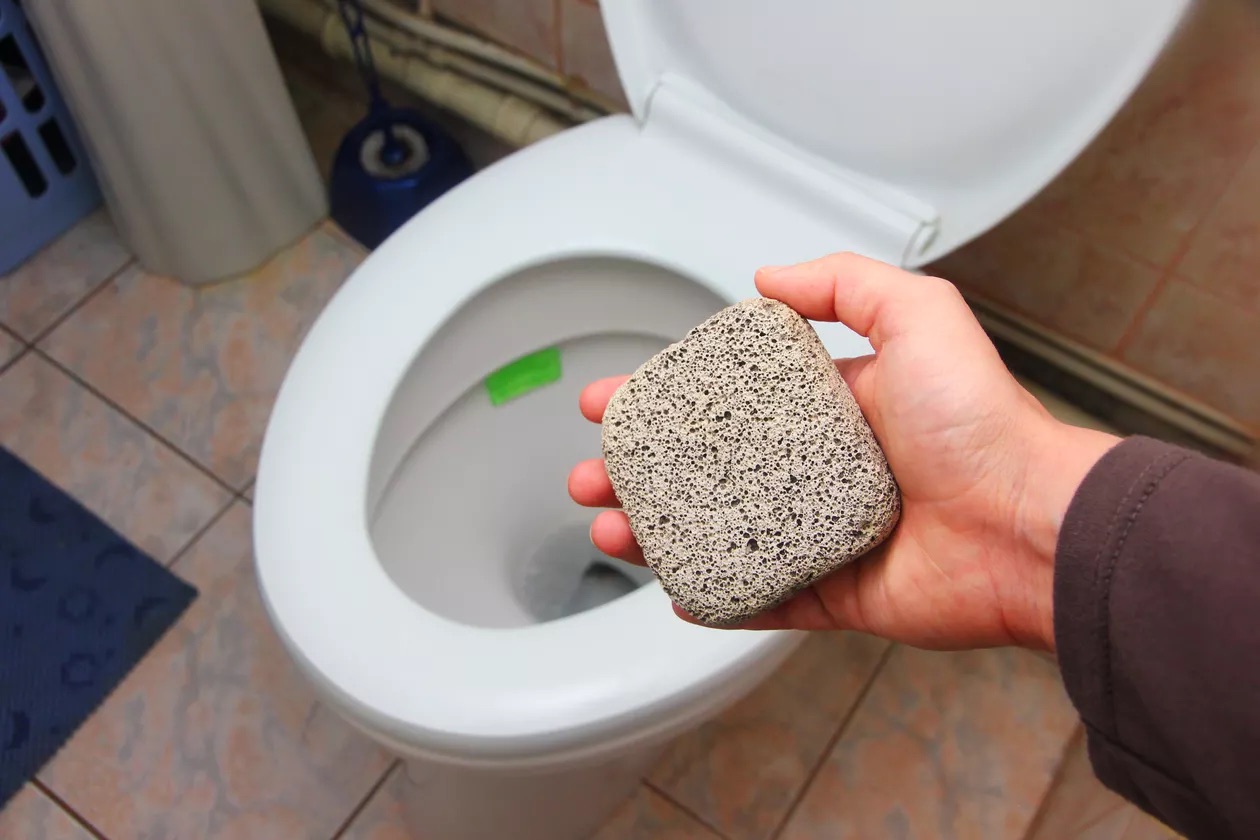
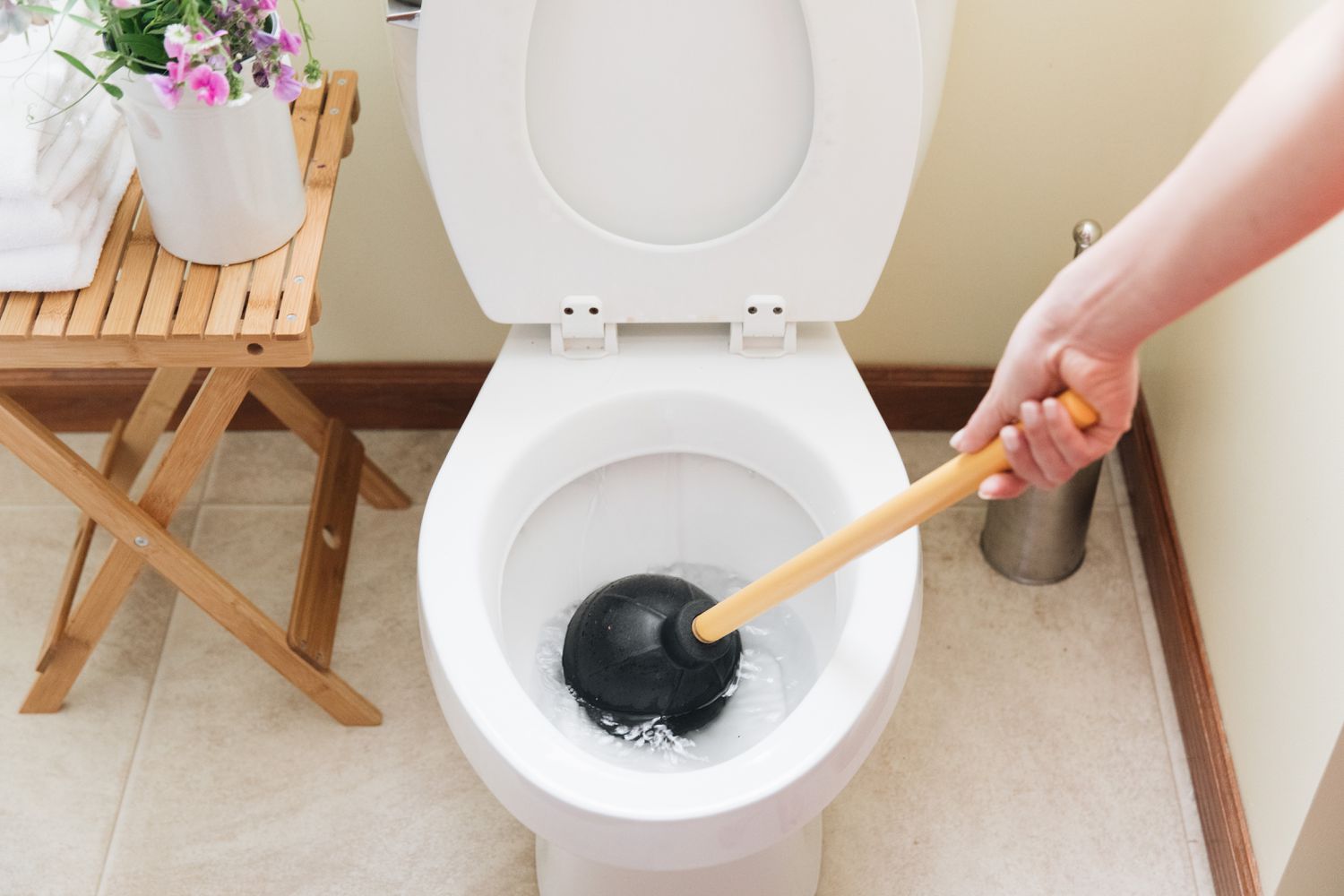
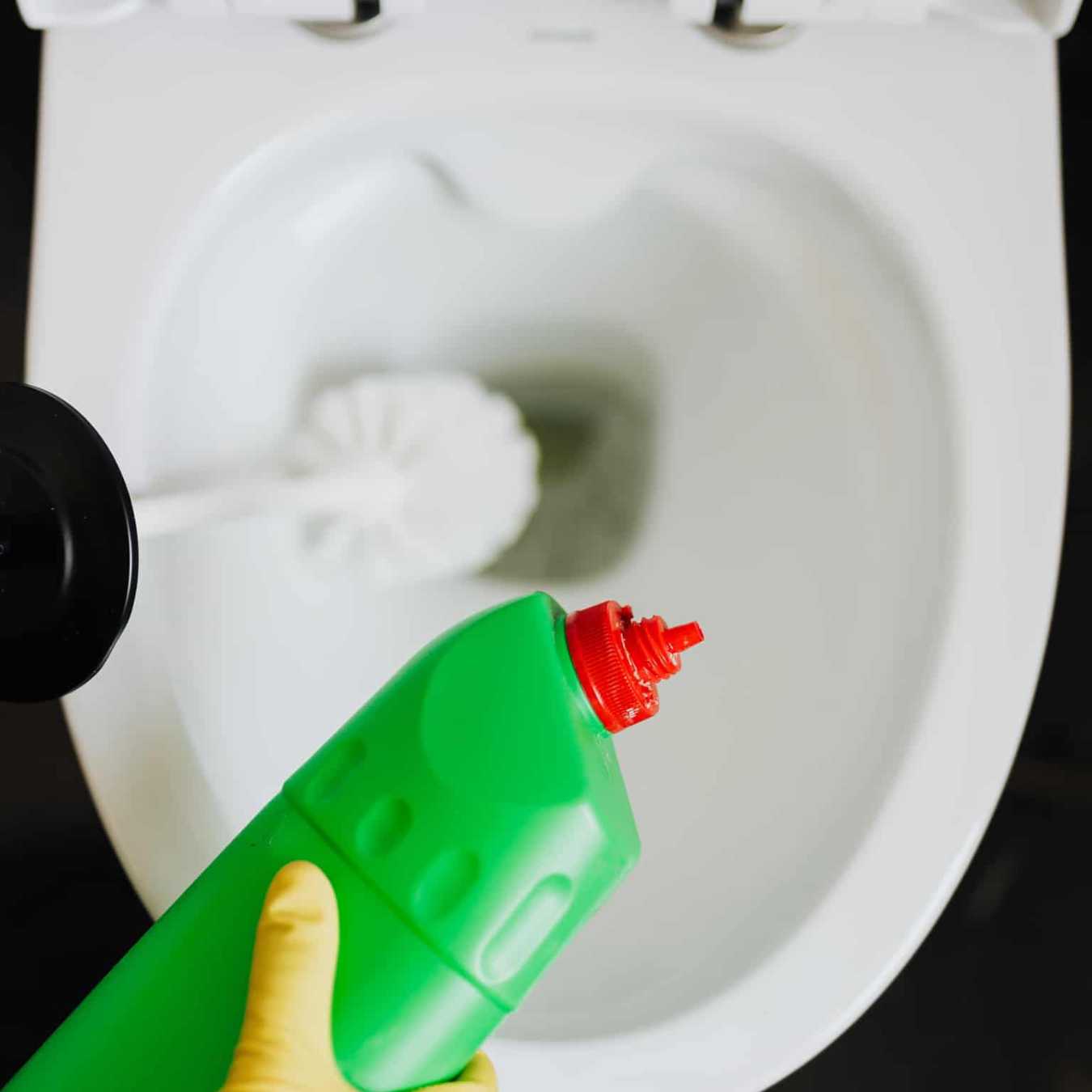
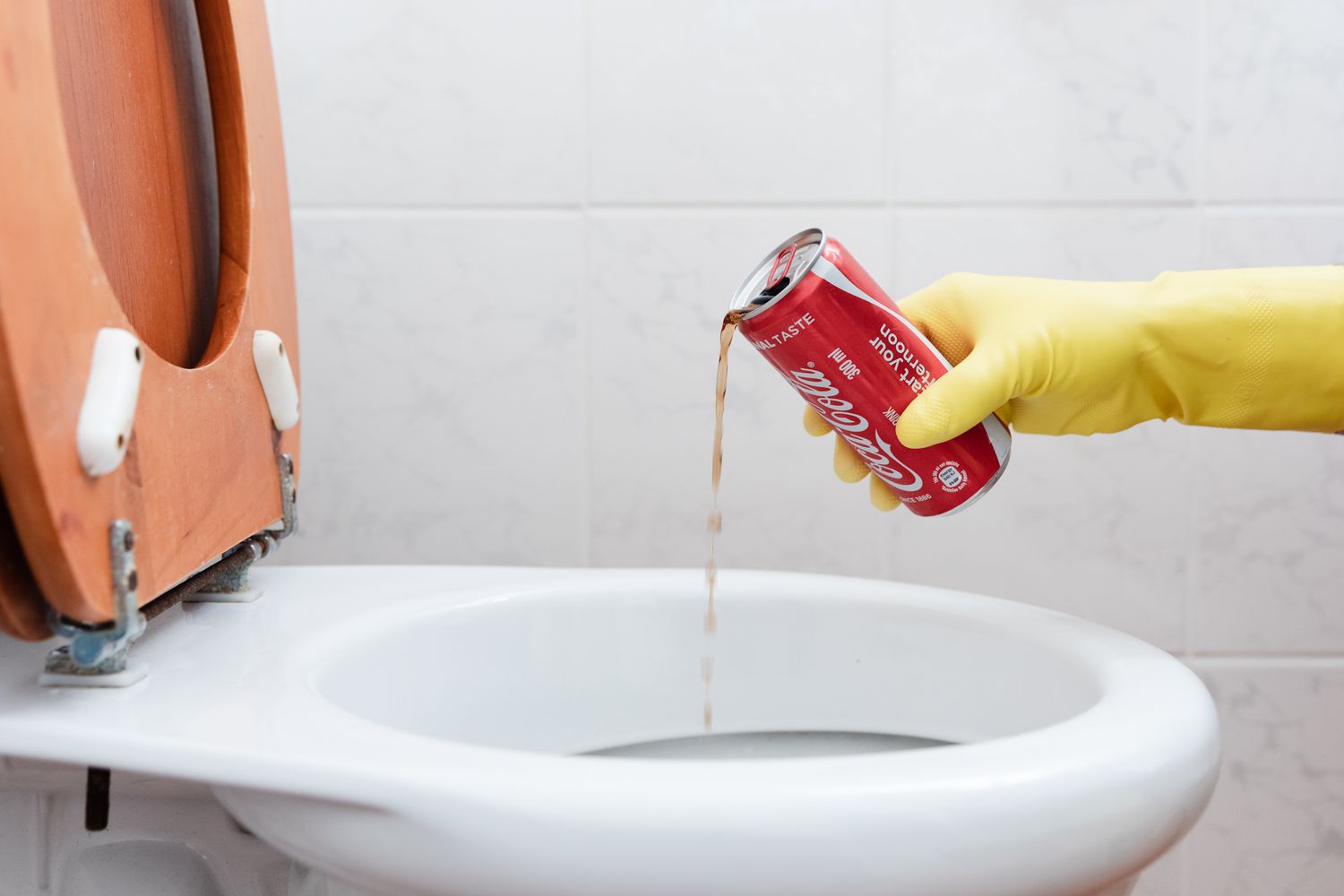
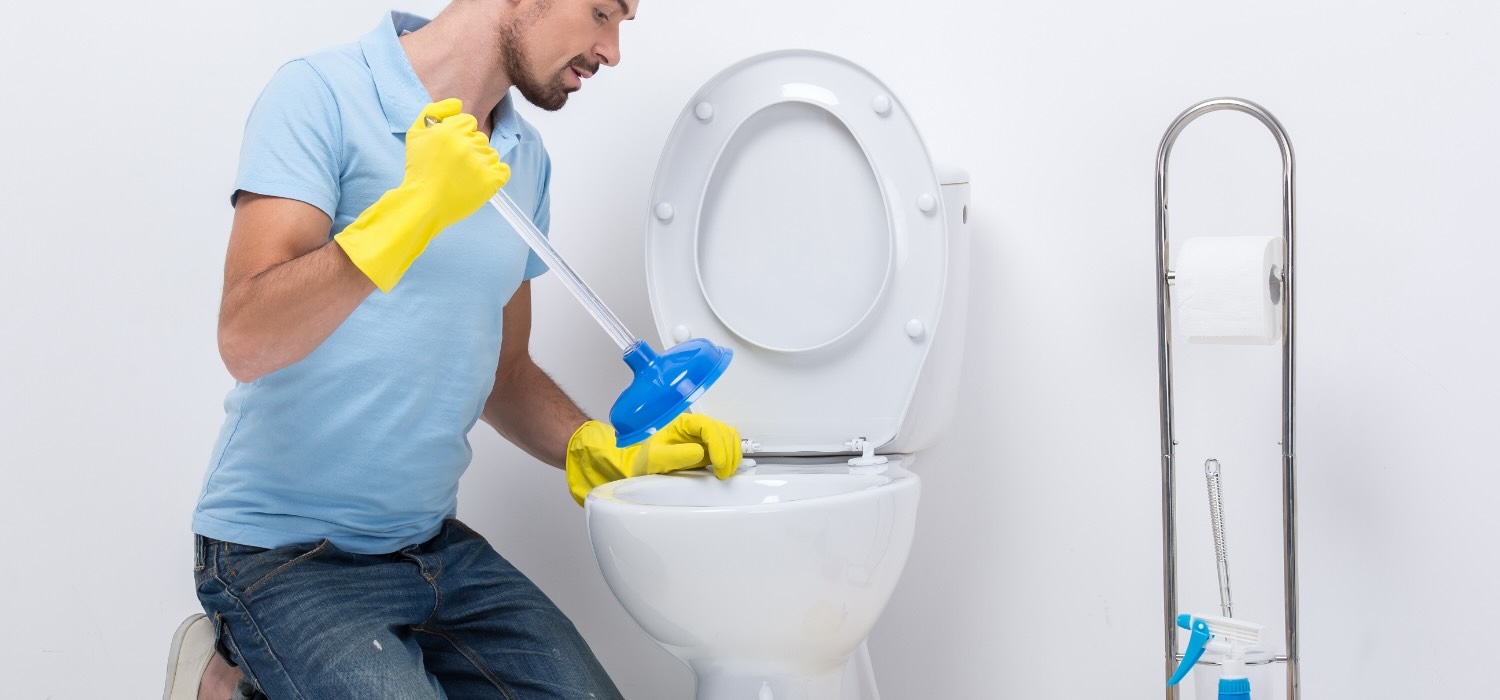
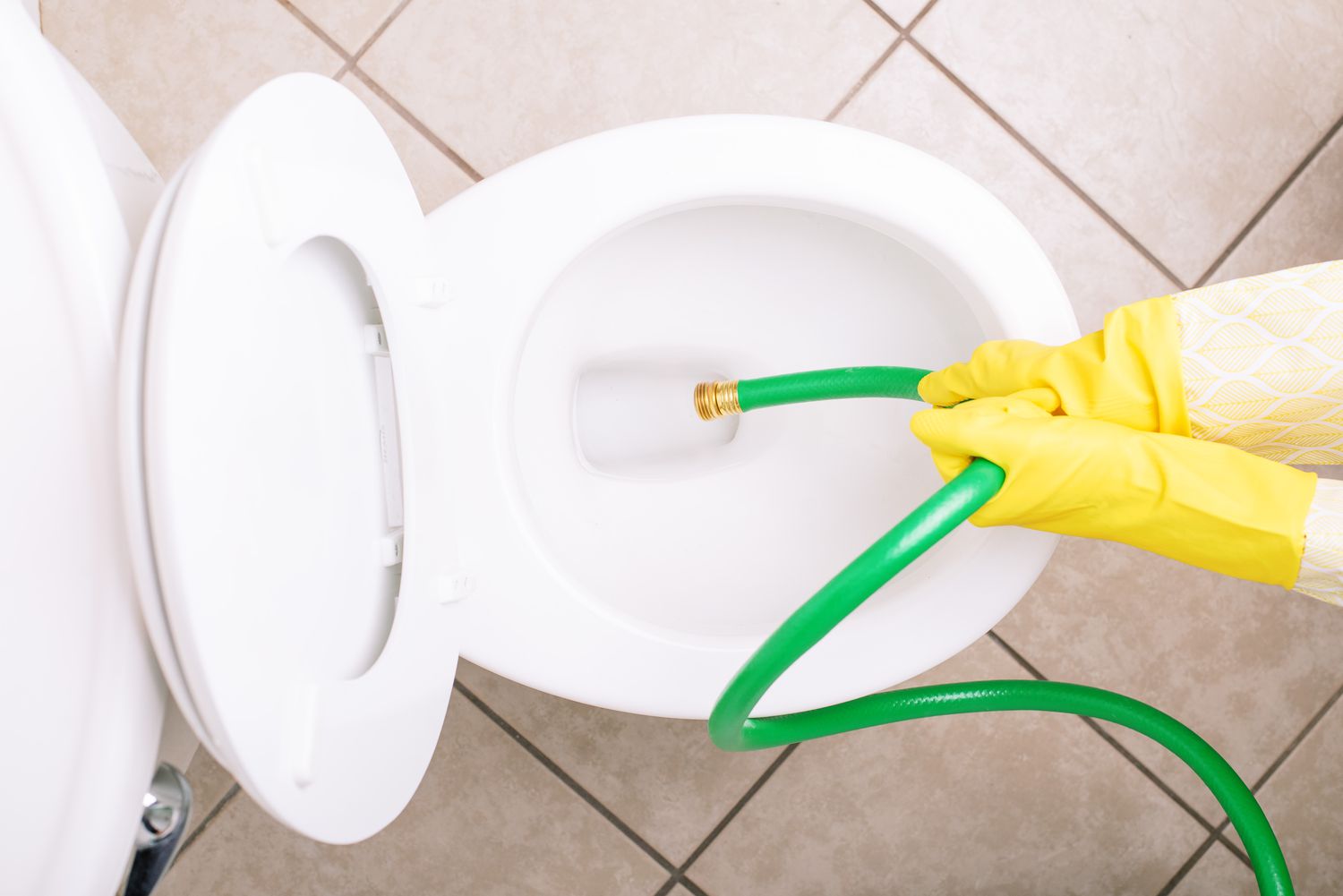
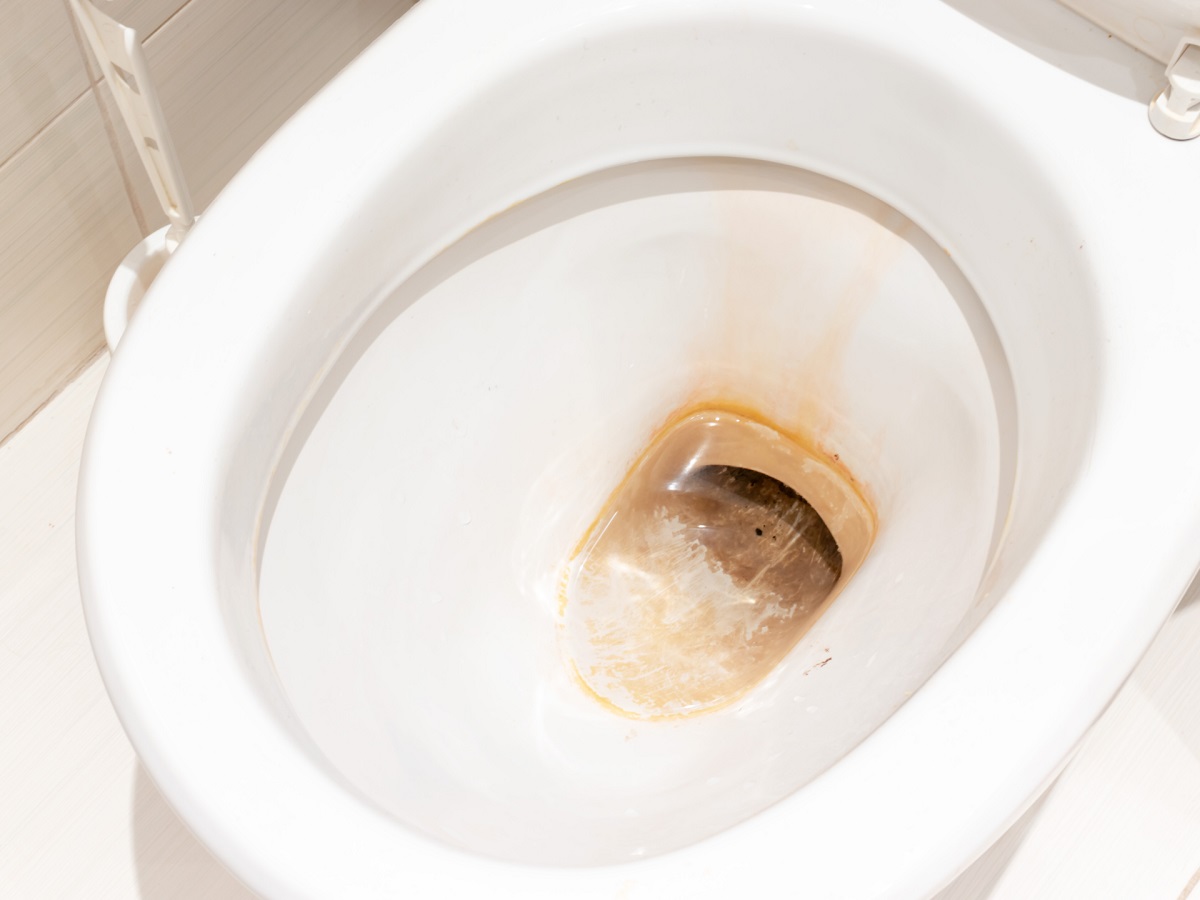
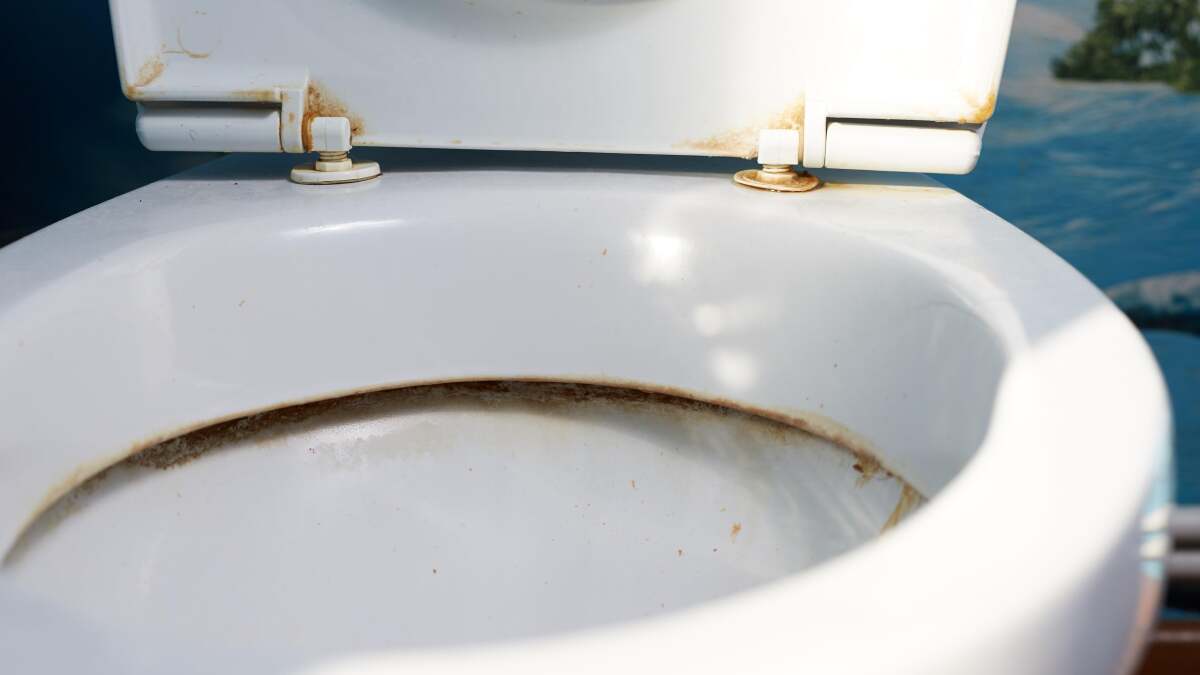
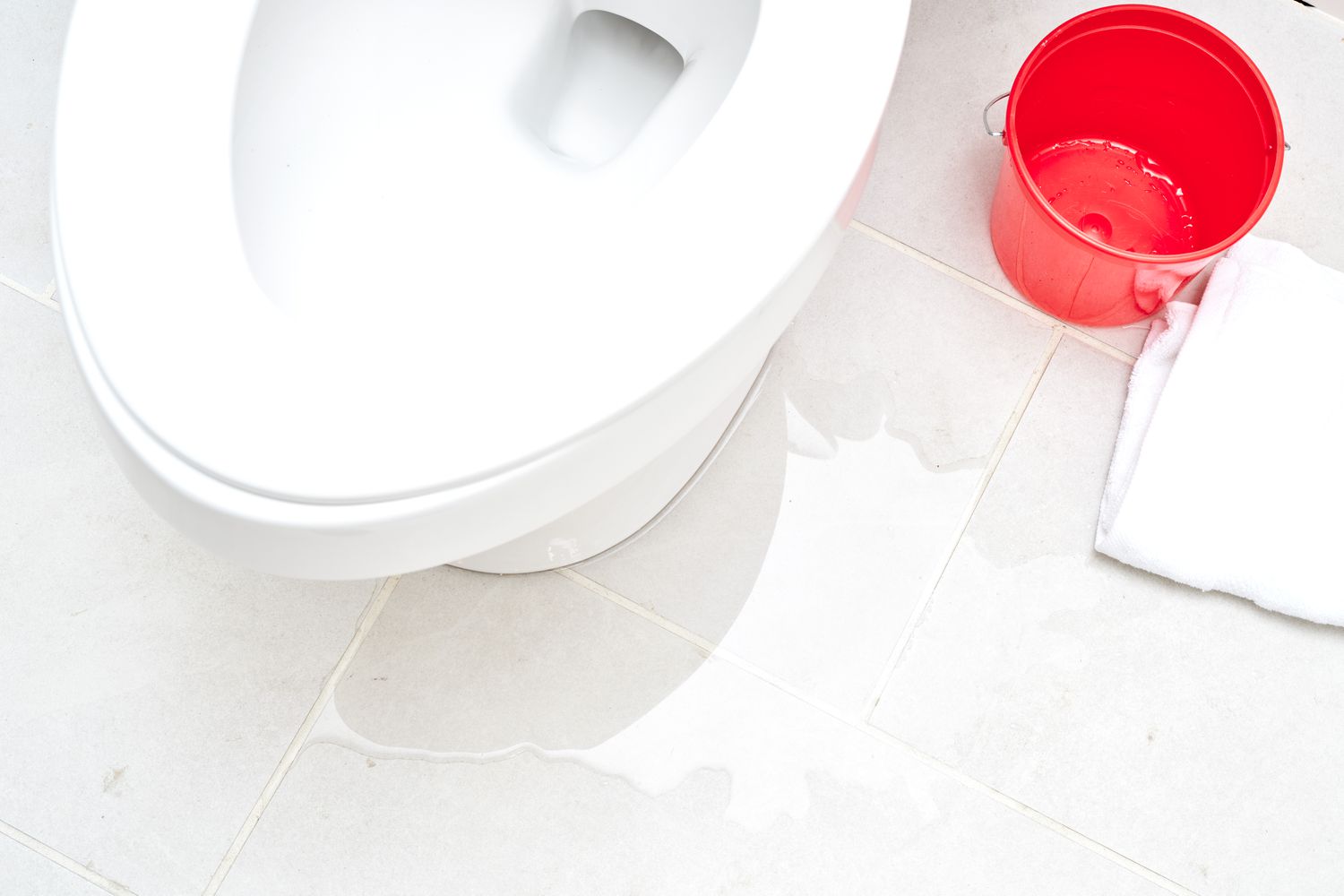
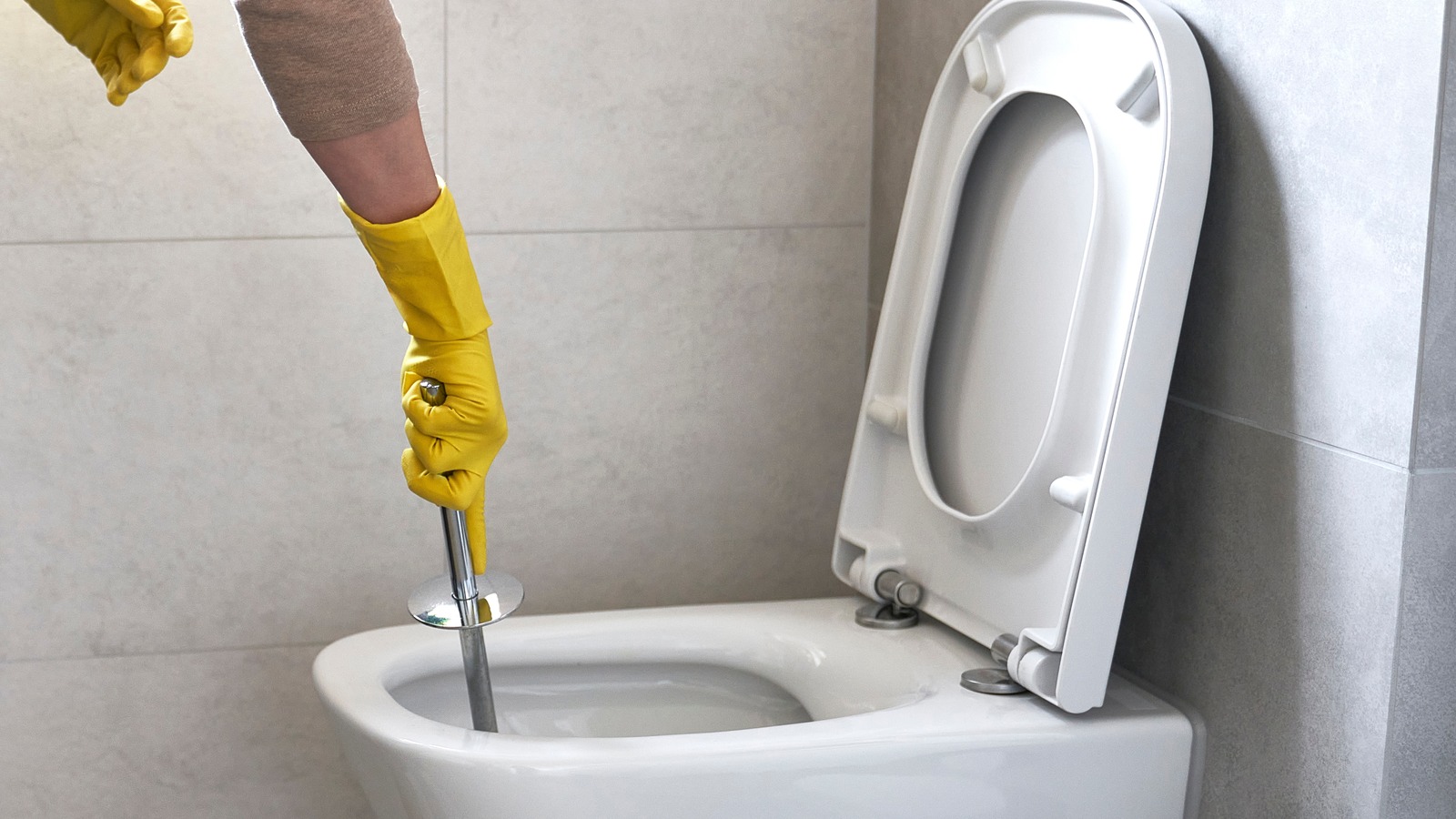
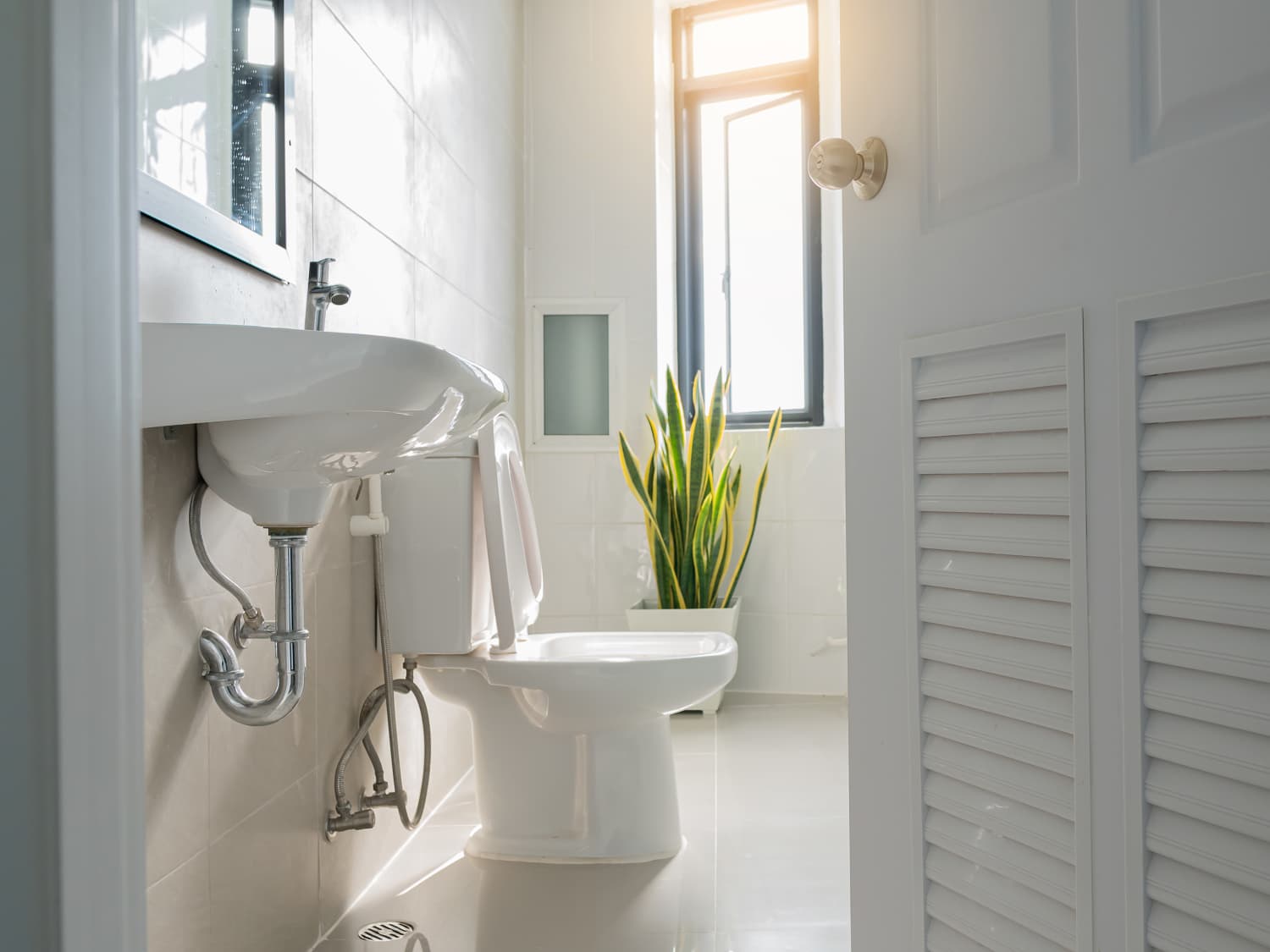
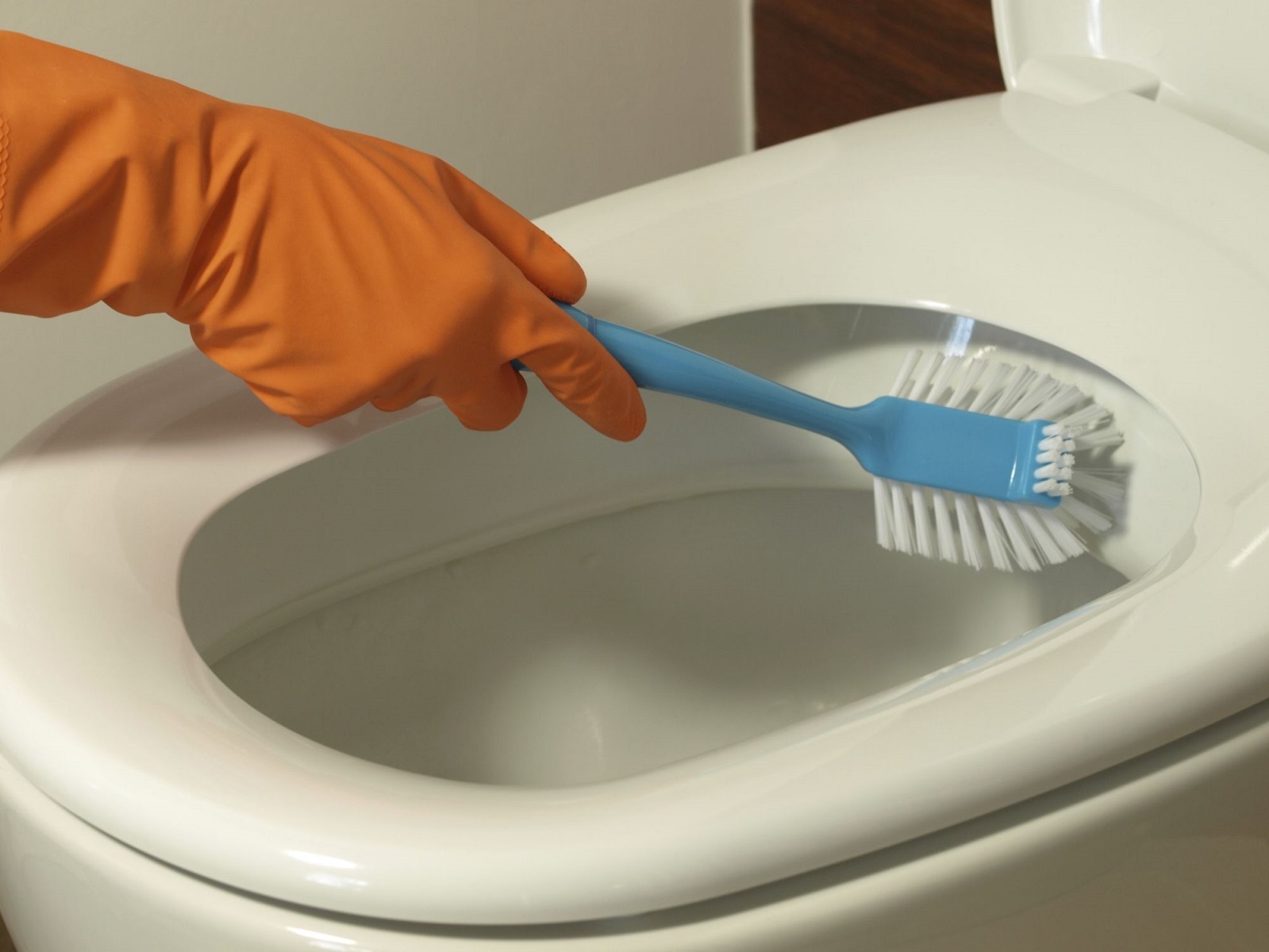
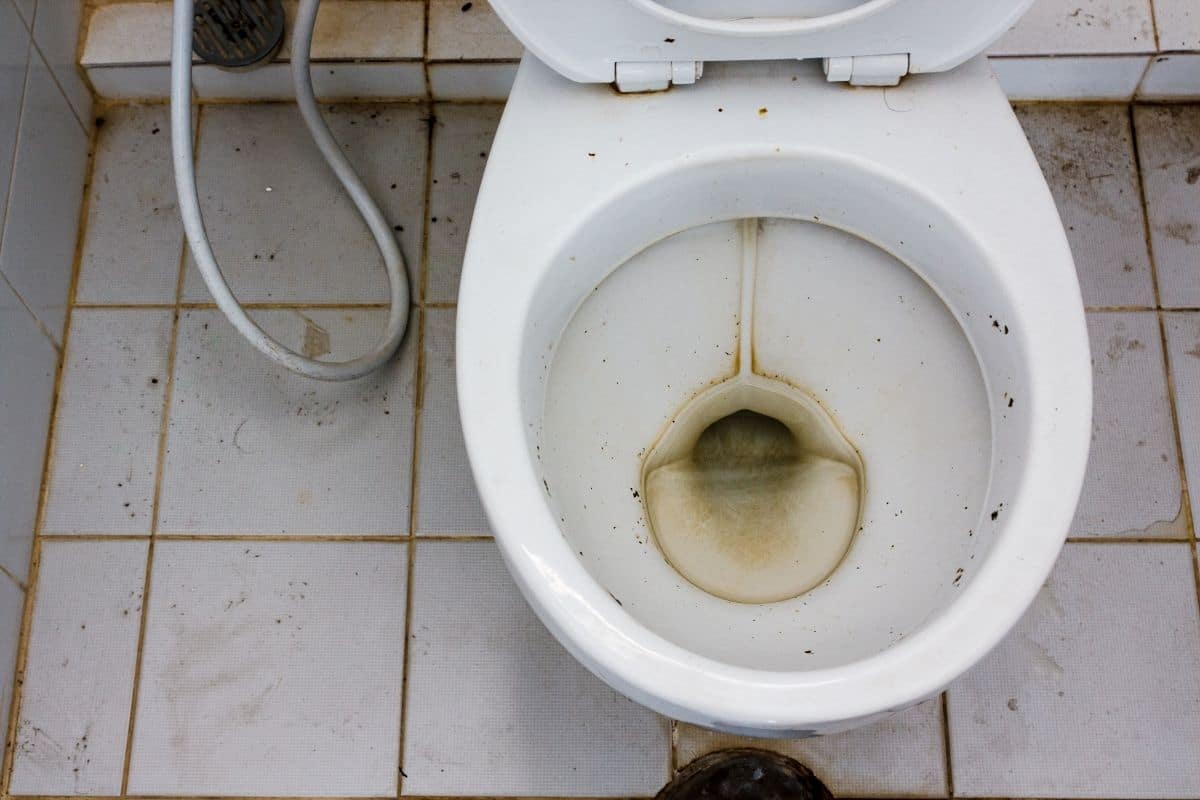
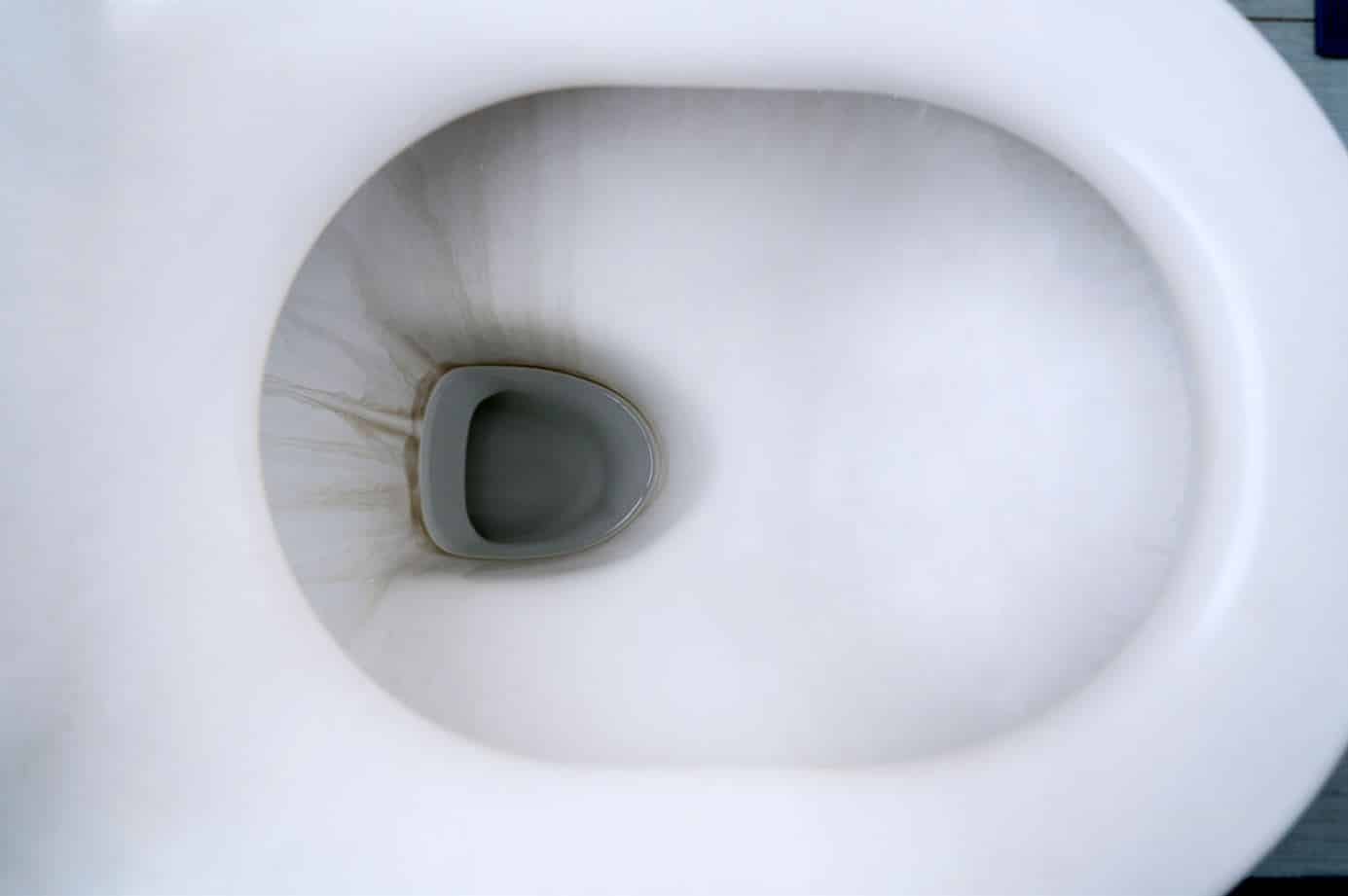

0 thoughts on “How To Drain A Toilet Bowl For Removal”